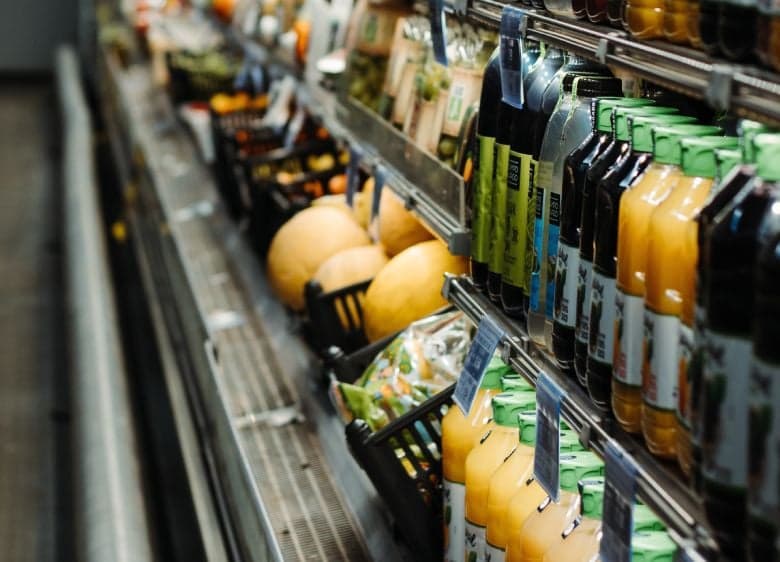How much will rising prices cost Danish families each month?

The cost of living crisis in Europe – and Denmark – is far from over. According to a new estimate, Danish families could end up paying several thousand kroner extra each month in 2023 due to rising prices.
The high inflation levels that have plagued the Danish economy in 2022 could spill over into the next year.
At least that’s what Camilla Schjølin Poulsen, an economist at PFA Pension, the largest privately owned life insurance company in the country, believes.
Compared to 2021, a typical Danish family has had to find an extra 4,000 kroner in their monthly budget in order to keep up with higher expenses for heating, electricity, petrol, food, and other day-to-day items this year, TV 2 reports.
The monthly toll of inflation in 2023
According to a calculation from PFA, in 2023, a Danish family will need to find 6,000 kroner more per month if they are to continue to keep up with price growth.
“With the inflation that the central bank and De Økonomiske Vismænd institution expect, it is not unrealistic that a typical Danish family should expect to pay an additional 2,000 kroner every month. So, a total of 6,000 kroner more for everyday items compared to the price level in 2021,” the PFA calculation states.
The calculation is based on an average family of four with a car that runs on petrol and a detached house heated with natural gas.
According to the PFA, those living in a home connected to the district heating network have seen a less extensive increase in their bill in the past year.
Overall inflation
The PFA states that inflation in Denmark has amounted to approximately eight percent over the whole of 2022.
The country’s central bank believes it will end up at four percent next year, while the De Økonomiske Vismænd institution expects it to amount to 5.1 percent.
In times not characterized by crises, inflation tends to be between one and two percent per year.
Comments
See Also
The high inflation levels that have plagued the Danish economy in 2022 could spill over into the next year.
At least that’s what Camilla Schjølin Poulsen, an economist at PFA Pension, the largest privately owned life insurance company in the country, believes.
Compared to 2021, a typical Danish family has had to find an extra 4,000 kroner in their monthly budget in order to keep up with higher expenses for heating, electricity, petrol, food, and other day-to-day items this year, TV 2 reports.
The monthly toll of inflation in 2023
According to a calculation from PFA, in 2023, a Danish family will need to find 6,000 kroner more per month if they are to continue to keep up with price growth.
“With the inflation that the central bank and De Økonomiske Vismænd institution expect, it is not unrealistic that a typical Danish family should expect to pay an additional 2,000 kroner every month. So, a total of 6,000 kroner more for everyday items compared to the price level in 2021,” the PFA calculation states.
The calculation is based on an average family of four with a car that runs on petrol and a detached house heated with natural gas.
According to the PFA, those living in a home connected to the district heating network have seen a less extensive increase in their bill in the past year.
Overall inflation
The PFA states that inflation in Denmark has amounted to approximately eight percent over the whole of 2022.
The country’s central bank believes it will end up at four percent next year, while the De Økonomiske Vismænd institution expects it to amount to 5.1 percent.
In times not characterized by crises, inflation tends to be between one and two percent per year.
Join the conversation in our comments section below. Share your own views and experience and if you have a question or suggestion for our journalists then email us at [email protected].
Please keep comments civil, constructive and on topic – and make sure to read our terms of use before getting involved.
Please log in here to leave a comment.